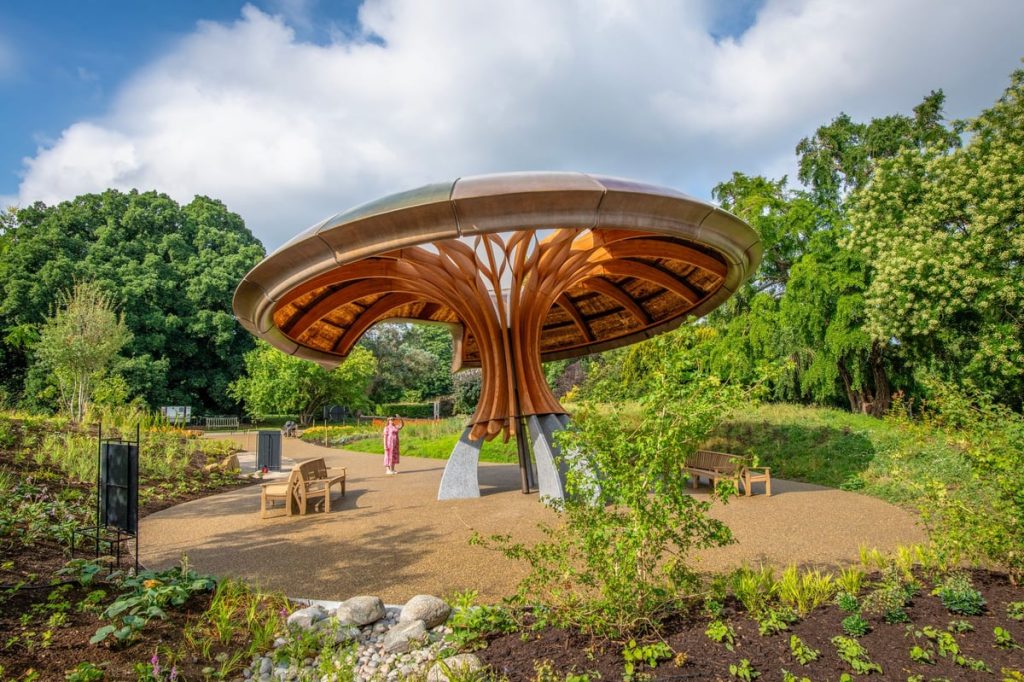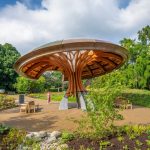First photos show a brand-new attraction that opened at Kew Gardens on Friday (July 25), with 6,500 new plants and 35 trees.
The Carbon Garden shows visitors how carbon helps to sustain life on Earth, along with the scale of the climate crisis and how plants and fungi can be used to combat it.
Visitors with a ticket to Kew Gardens can enter the garden at no extra cost. They are welcomed with a colourful display of plants reflecting the dramatic rise in average global temperatures over time.
A feature showing layers of soil, a rocky outcrop and a layer of coal in the earth’s crust with fossilised plants then reveals the hidden world of carbon underground.

(Ines Stuart-Davidson)
A circular route leads visitors through the main zones of the attraction, including a dry garden with drought-resistant plants to show how nature can be used to adapt to climate change. A rain garden and ditch lined with plants highlights ways to manage water flow, prevent soil erosion, reduce flooding and put moisture back into soil.
There is also a fungi-inspired pavilion in the centre of the garden, with a sloping canopy directing rainwater into the rain garden and sheltered space to host school visits and community activities. The garden has grasslands, wildflower meadows and native hedgerows.
Kew said the attraction was one of its most ambitious garden projects in recent years. Works to build the garden were carried out this year, after Richmond Council approved the scheme in 2024.
Richard Wilford, designer of the Carbon Garden and Manager of Garden Design at Kew, said: “The Carbon Garden offers a unique opportunity to showcase our ongoing research, combining scientific insight with thoughtful design and beautiful planting to highlight the role of carbon in our lives, how it moves through the environment and how plants and fungi can help us tackle climate change. We hope the Carbon Garden inspires visitors to act and join us in shaping a more sustainable, resilient future for life on our planet.”


